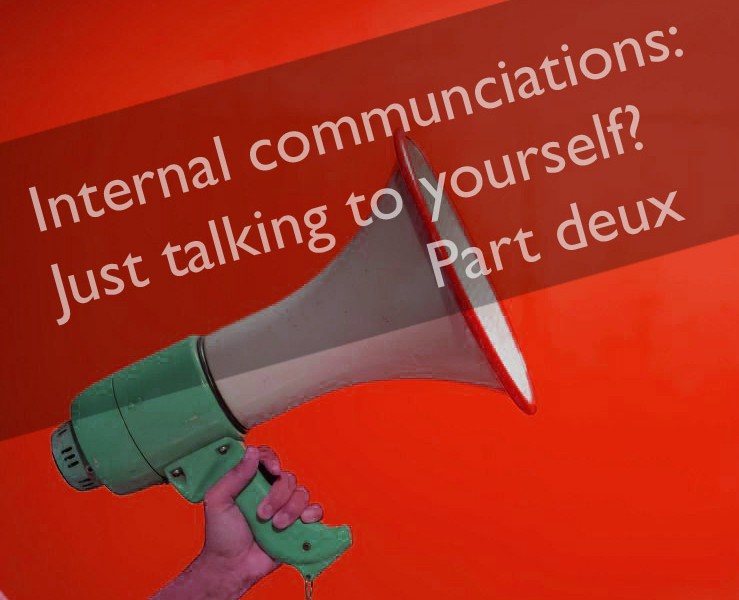Internal communications – Part Two
September 23, 2022
It’s the next internal communications blog post from the Help Agency, the charity and care marketing agency in London.
In my last blog I was outlining a few of the pitfalls of communicating with staff, team members, volunteers, kids, bosses, or even family. Your internal audiences so to speak.
I mentioned the point that, basically, if your communication doesn’t land (because of its channel, tone/mood, language, or even attitude) you might as well just leave your idea as a thought. Because at least you know it hasn’t been communicated. Rather than fooling yourself into thinking it really has.
But apart from those more qualitative points already covered, there are some more mechanical considerations that someone who wants their communication to create the desired effect should really be thinking about.
Some familiar territory
Does anyone remember the ‘good old days’? When people used to write other people letters that didn’t have a VAT summary at the bottom? Care was taken. What will they think if I write this? How should I put this?
Where does most written communication appear nowadays? Social postings, texts (Incl Whatsapp) and email.
What is your experience of getting the wrong end of the stick via these media? It’s pretty high in my experience. Emojis aside ( ) these methods of communication strip out intention. They are for the most part, pretty crude and their approach to them is ever cruder in many cases. Lazy is probably a more accurate description.
) these methods of communication strip out intention. They are for the most part, pretty crude and their approach to them is ever cruder in many cases. Lazy is probably a more accurate description.
Think of the phrase “Thanks a lot!” Think of the different ways you can say it or express it when you are speaking. Now think of translating that into text. It can be read in very different ways. From the more obvious expression of gratitude to the out and out sarcastic… even angry. And the less words used, the more empty the picture is at the other end… the less capable the recipient is in duplicating the thoughts you had when you assembled the communication vehicle for those thoughts.
What about you?
Browse through your emails. Are you being generous enough with your language to express the intention and the emotion of your thought? Can you read it in a different way? Have people called you up right after they have read it so you can then explain the detail you meant in detail?
Immunity to this condition is not claimed at all. On one occasion – one of many – I had been sent an email for comment. I had the clear thought in my head that I really appreciated and agreed with what was being sent to me. I responded. On calling the sender later on, I sensed the disappointment at the other end. They thought ‘they didn’t think I liked it at all’. Reviewing the email I saw there was one possible reading of it that was less than enthusiastic. I have since learned to be more obvious and repetitive in that medium.
Typed, quick and often shorthanded communication can strip out not just emotion, but basic meaning. Plain and simple.
I won’t even mention the assistance of predictive text in completing words and reassuring that nothing needs checking!
The golden rule
The golden rule of all behaviour – treat others as you wish to be treated – governs the rule of communication. Communicate to the other person as if you ARE the other person. Imagine their way of seeing it, based on their conditions, their language skills, their attention to detail and their general mood level. Then write.
Then check what you have written by reading it yourself as if you are the recipient.
Longwinded isn’t it?
Not half as longwinded as having to write it and then go over it again verbally to repair what has been misunderstood. Or undoing the action the other person took as a result of the misunderstanding.
Actually it is a real timesaver.
I think now is the time to sign off and announce that another blog is coming about internal communication within organisations in particular. The first two posts have been generally applicable… but the next will probe the idea of communicating to stakeholders and associates.
Until then, stay understood.
(PS if you think any of your colleagues need coaching in communication in a more formalised and structured way than these ramblings… do get in touch. We’re always pleased to help!)
back


